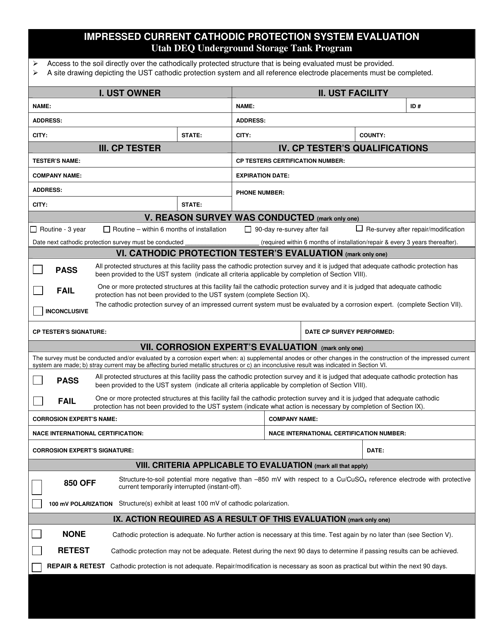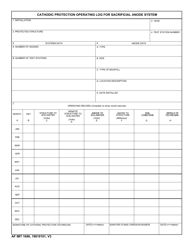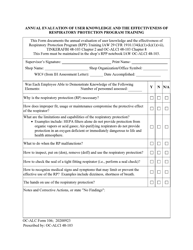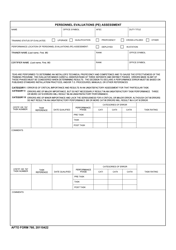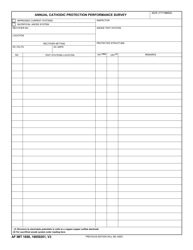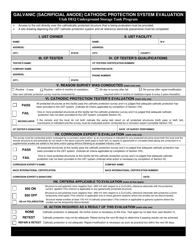Impressed Current Cathodic Protection System Evaluation - Utah
Impressed Current Cathodic Protection System Evaluation is a legal document that was released by the Utah Department of Environmental Quality - a government authority operating within Utah.
FAQ
Q: What is an impressed current cathodic protection system?
A: An impressed currentcathodic protection system is a method used to prevent corrosion on metal structures by applying an electric current.
Q: Why is impressed current cathodic protection important?
A: Impressed current cathodic protection is important because it helps protect metal structures from corroding, which can extend their lifespan and prevent costly repairs or replacements.
Q: How does an impressed current cathodic protection system work?
A: An impressed current cathodic protection system works by using an external power source to generate an electric current that is applied to the metal structure. This current helps to counteract the natural corrosion process.
Q: What are the benefits of using impressed current cathodic protection?
A: Some benefits of using impressed current cathodic protection include increased lifespan of metal structures, reduced maintenance costs, and prevention of leaks or failures caused by corrosion.
Q: Who can evaluate an impressed current cathodic protection system in Utah?
A: There are various companies and professionals in Utah who specialize in the evaluation and maintenance of impressed current cathodic protection systems. It is important to find a qualified and experienced provider for accurate evaluation.
Q: How often should an impressed current cathodic protection system be evaluated?
A: The frequency of evaluation for an impressed current cathodic protection system can vary depending on factors such as the age of the system, the type of structure being protected, and environmental conditions. It is recommended to have regular inspections and evaluations by a professional to ensure the system is functioning properly.
Form Details:
- The latest edition currently provided by the Utah Department of Environmental Quality;
- Ready to use and print;
- Easy to customize;
- Compatible with most PDF-viewing applications;
- Fill out the form in our online filing application.
Download a printable version of the form by clicking the link below or browse more documents and templates provided by the Utah Department of Environmental Quality.
